-
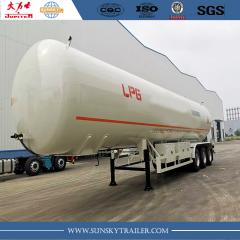 3 Axle Lpg Gas Tank Semi Trailer
3 Axle Lpg Gas Tank Semi Trailer
-
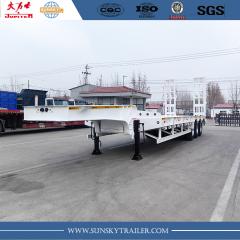 Low Bed Trailer
Low Bed Trailer
-
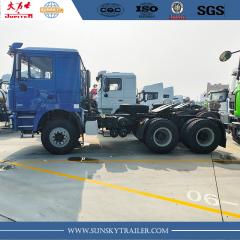 SHACMAN F3000 Tractor Truck
SHACMAN F3000 Tractor Truck
-
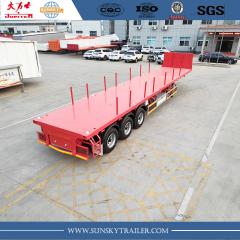 Flatbed Pillar Trailer
Flatbed Pillar Trailer
SUNSKY VEHICLE, a manufacturer of flatbed semi-trailers, has found that the Flatbed Pillar Trailer i...
Flat tires are one of the leading causes of truck accidents. As the temperature rises, the vehicle is driving on dry and hot roads, and if it is not properly maintained, it may experience tire bulge, acceleration wear, and even puncture. So in daily operation, how should cardholders reduce the risk of puncture and ensure driving safety?
How can prevent it daily?
Maintain reasonable tire pressure.
Tire pressure that is too high or too low can reduce tire tolerance. When the tire pressure is too high, it is easy to penetrate the tire when it encounters potholes and sharp objects on the road surface, causing a puncture. When the tire pressure is too low, the performance of the rubber is reduced, and the tire becomes softer, which can also lead to a puncture. Therefore, the tire pressure in summer is the key to preventing car punctures, and the vehicle standard tire pressure checks in the vehicle manually, it is recommended to keep the tire pressure at about 5-7 bar in summer.
Clean your tires regularly.
During driving, the tire pattern will be mixed with foreign objects, such as gravel and glass shards. These foreign objects can easily puncture tires, so make it a habit to clean your tires regularly to avoid punctures
Do not drive over the speed limit or overload.
Under long-term ultra-high-speed driving, the tire will rub against the ground and produce a lot of heat, resulting in a high temperature of the tire itself, especially in the hot summer, which makes it easy to overload the internal pressure of the tire and puncture. When the vehicle load is too high, the internal pressure of the tire will also increase, which is easy to cause a puncture.
Pay attention to tire life.
Tires are rubber products, long-term use will inevitably age, in general, the service life of tires is 5 years, if more than or close to this date, it is best to replace new tires to avoid accidents.
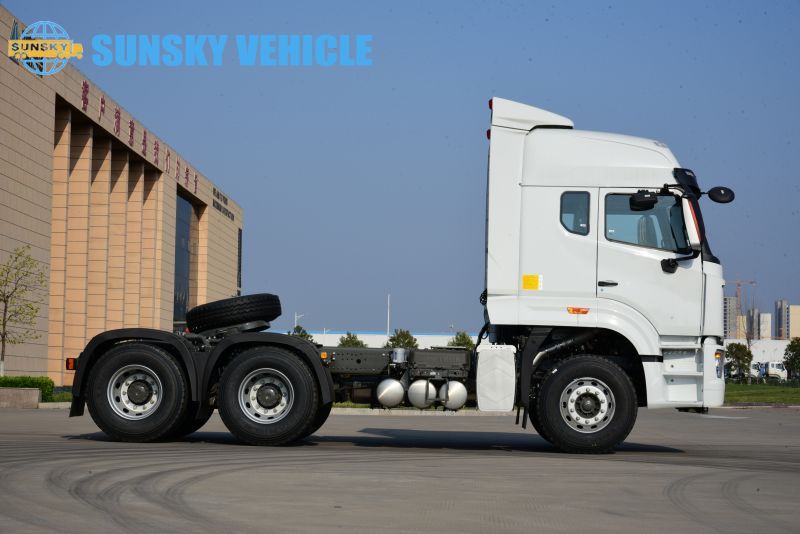
What to do if a puncture occurs at high speed?
Hold on to the steering wheel.
After you find a puncture, release the accelerator as soon as possible to stabilize the steering wheel, and remember not to rush to the direction or step on the brakes to avoid the vehicle from flicking or overturning.
“
The "front wheel" has a flat tire.
Because the front wheels control the steering of the car, a puncture of the front wheel has a great impact on the driving route of the car.
In the event of a puncture at the front wheel, the first action is to hold the steering wheel urgently, wait for it to stabilize, and then brake slowly and drive off the main road. Remember that you must not turn the steering wheel repeatedly during the process, nor can you step on the brakes sharply, and erect a warning triangle behind the vehicle after stopping to prevent secondary accidents.
The "rear" tires were punctured.
Compared with the front wheel puncture, the risk of the rear wheel puncture is low, as long as the driver holds the steering wheel, and then repeatedly steps on the brakes, you can move the center of gravity of the car forward so that the intact front tires are stressed, reduce the pressure on the tires after bursting, and do not press the brakes too hard.
Follow-up processing.
If you don't have a spare tire on your car and you can't find a repair point nearby, turn on the double yellow lights and slow down to the garage or ask for help. If you have a spare tire, you must find a flat hard ground to replace it, and try to avoid changing the tire on the slope to avoid accidents caused by the jack slipping.
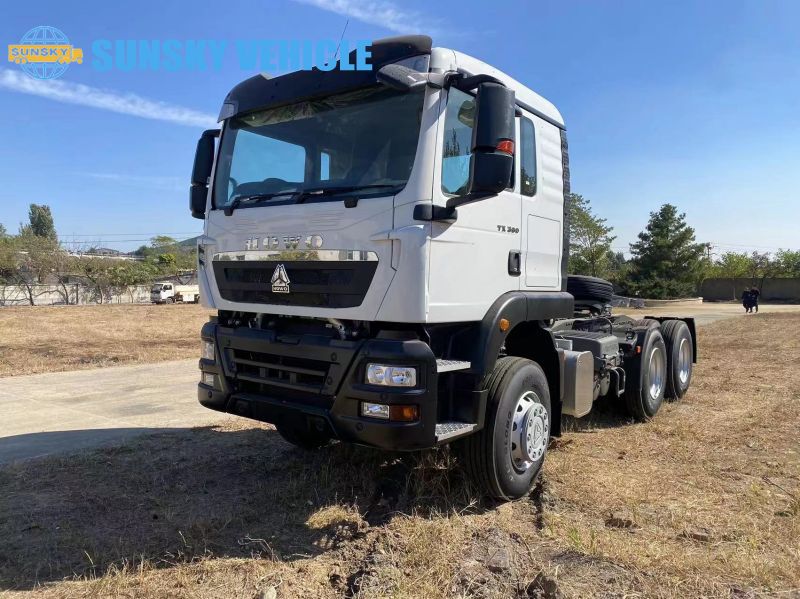
Safe driving is no trivial matter, and tire maintenance is a top priority. Summer is the high incidence of vehicle punctures, cardholders must pay attention to inspection and maintenance, reasonable use of tires, which can not only save costs, but also the safety of people and vehicles will be more guaranteed.




